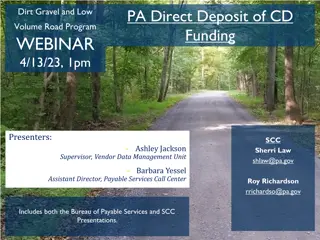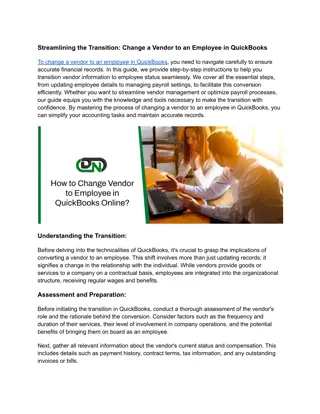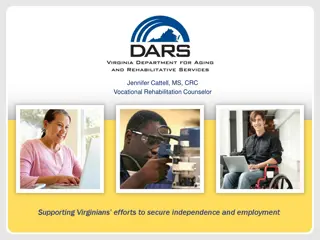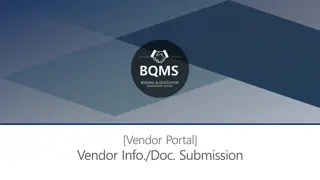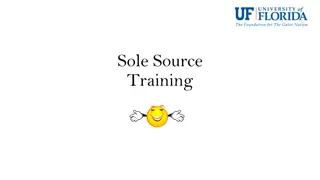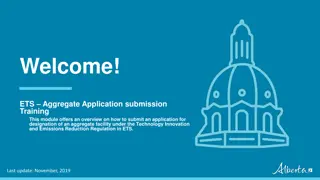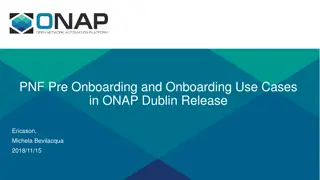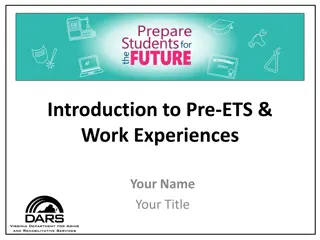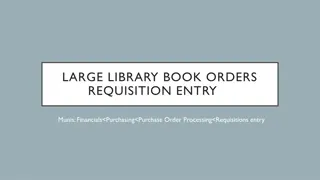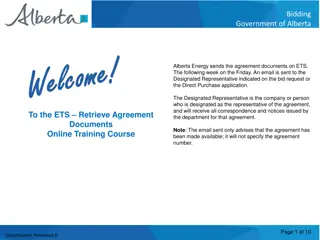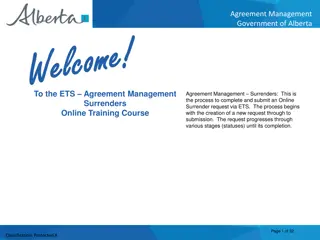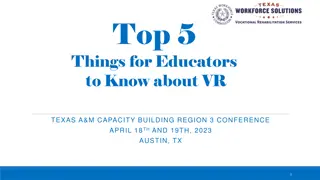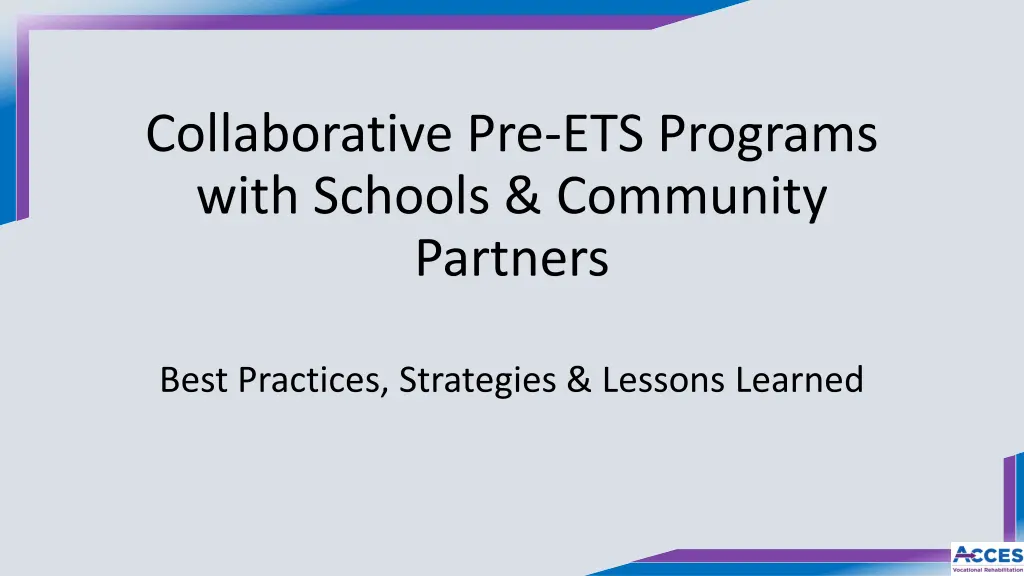
Collaborative Programs Best Practices in Pre-ETS with Schools and Partners
Explore effective strategies, partnerships, and lessons learned in collaborative Pre-ETS programs with schools and community partners. Learn about aligning services with student needs, building successful partnerships, communication with stakeholders, challenges, family involvement, and transitioning from Pre-Employment to Vocational Rehabilitation.
Download Presentation

Please find below an Image/Link to download the presentation.
The content on the website is provided AS IS for your information and personal use only. It may not be sold, licensed, or shared on other websites without obtaining consent from the author. If you encounter any issues during the download, it is possible that the publisher has removed the file from their server.
You are allowed to download the files provided on this website for personal or commercial use, subject to the condition that they are used lawfully. All files are the property of their respective owners.
The content on the website is provided AS IS for your information and personal use only. It may not be sold, licensed, or shared on other websites without obtaining consent from the author.
E N D
Presentation Transcript
Collaborative Pre-ETS Programs with Schools & Community Partners Best Practices, Strategies & Lessons Learned
Pre-ETS Programs & Partnerships Types of programs offered Key partners involved (schools, community orgs, businesses) Timing & delivery (school year/summer, during or after school) Service locations (on-site at schools, community locations, remote) Role of district office Senior TAYS (Transition and Youth Services)
Aligning Services with Student & Partner Needs Tailoring services by: - Individual student goals & interests - Group or one-on-one sessions Working with partners to determine offerings: - Needs assessments - Planning meetings
Strategies for Building Partnerships Getting started: initial outreach and research Marketing materials used: brochures, flyers, presentations Key contacts: school administrators, guidance staff, transition coordinators, community partners, businesses Service coordination: calendars, planning meetings
Communication with Stakeholders Feedback loops: - School staff - Community partners - TAYS/VRCs Formats: reports, emails, phone calls Frequency: weekly/bi-weekly/monthly check-ins
Challenges and Logistics School access Transportation issues Staffing shortages Other logistics to consider
Family Involvement and Student Engagement Involving families: - Information sharing and intake/consent forms - Progress updates Student Engagement strategies Evaluating impact
Transitioning from PE to VR Informing students and guardians about VR services Referral/application support from PE to VR Collaborating with SVRC TAYS and VRCs for seamless handoffs
Final Tips & Words of Wisdom Share one thing you know now that you wished you knew when you were getting started Questions???

![❤[PDF]⚡ Escaping from Eden: Does Genesis Teach that the Human Race was Created](/thumb/21697/pdf-escaping-from-eden-does-genesis-teach-that-the-human-race-was-created.jpg)
